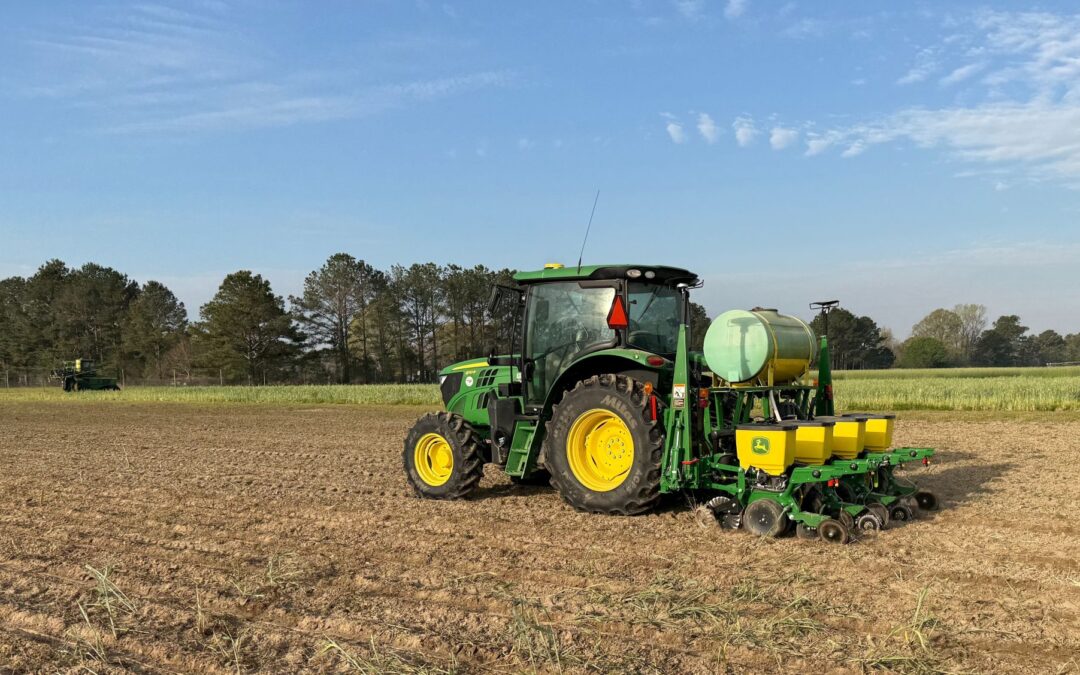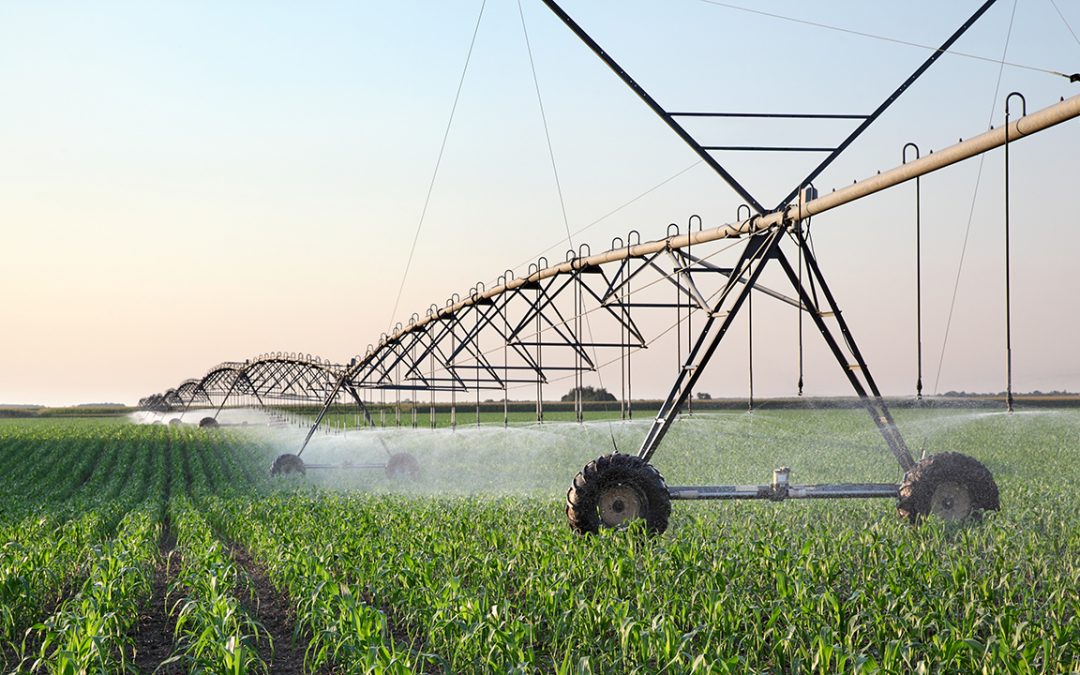The U.S. Department of Agriculture (USDA) National Institute of Food and Agriculture (NIFA) has announced an investment of nearly $22 million in agricultural economics research that includes agricultural markets, international trade, farm labor, consumer behavior and nutrition, food retail, agricultural production and processing and agricultural policy.
Included in the investment is a grant of $649,716 to Auburn University researchers to conduct the first comprehensive study to empirically estimate equivalence scales that compare the economic wellbeing of U.S. households of different compositions over the past 50 years.
The results could be widely applied to define the poverty line, evaluate social inequality and poverty, calibrate social safety net payments, measure the costs of raising children, and calculate payments for life insurance, alimony and legal compensation for wrongful death.
“Our project addresses the issue of equivalence scales and their role in poverty measurement and public policy,” said Wenying Li, assistant professor in the College of Agriculture’s Department of Agricultural Economics and Rural Sociology and leader for the project. Li is also a researcher with the Alabama Agricultural Experiment Station.
Equivalence scales are tools used to adjust a household’s income based on its size and composition, allowing for a more accurate comparison of living standards across different households, Li explained.
“Essentially, they help determine how much income a household of a particular size and composition needs to achieve the same standard of living as a reference household, usually a single adult,” he said. “The significance of these scales lies in their ability to account for economies of scale in household consumption and differing needs of household members.”
There’s an ongoing debate among economists, Li said, about the appropriate measure of these scales.
“The choice of equivalence scales has profound implications for policy decisions,” he said. “For example, the income cutoff for assistance programs like SNAP can differ significantly based on the chosen scale. If the scale isn’t accurately calibrated, it could either exclude families that need assistance or include those who might not require it to the same extent. This project aims to re-evaluate and refine these scales to ensure they are both accurate and relevant in today’s socio-economic context.”
Equivalence scales are especially important in today’s economy — with rising costs of living and economic uncertainties — because they directly influence the distribution of social assistance and welfare benefits, Li said. Their role in determining eligibility criteria for various assistance programs means that they have a direct impact on the lives of millions of individuals and families.
“For example, consider two families,” Li said. “Family A with two adults, and Family B with two adults and two children. If the equivalence scale isn’t appropriately calibrated, Family B, which naturally has higher expenses due to the presence of children, might receive the same benefits as Family A or might not qualify for benefits at all.
“This could result in Family B struggling to meet basic needs, despite being in a situation where they genuinely require more assistance. In a broader context, as economies evolve and household structures diversify, it’s essential to ensure that equivalence scales reflect the current economic realities.”
Inaccurate scales, Li said, can lead to misallocation of resources, where families in genuine need might be left out, while others might receive benefits they don’t necessarily need.
The goal of Li’s research is to conduct a comprehensive evaluation of equivalence scales in the United States, focusing on household structures prevalent in the country.
The project aims to use both objective and subjective approaches to estimate equivalence scales and develop a third method that optimally combines both approaches. It seeks to address gaps in current equivalence scales and provide more transparent and evidence-based scales.
“By offering an updated set of equivalence scales, policymakers can more effectively calibrate social benefit payments,” Li said. “For example, if a benefit rate is established for a single-adult household, the new scales can guide adjustments for households of different sizes or compositions, ensuring equitable support.”
Additionally, he said, the findings of the research will aid in setting more accurate poverty lines, optimizing resource allocation, and potentially reducing poverty rates.
“Beyond these direct applications, the research will provide insights into the broader effects of public policies on households, enabling policymakers to understand the causal impacts on intra-household decision-making,” Li said.
“Ultimately, these insights aim to craft strategies that not only offer financial support but also foster overall well-being, ensuring that social welfare policies address the diverse needs of today’s households effectively.”





